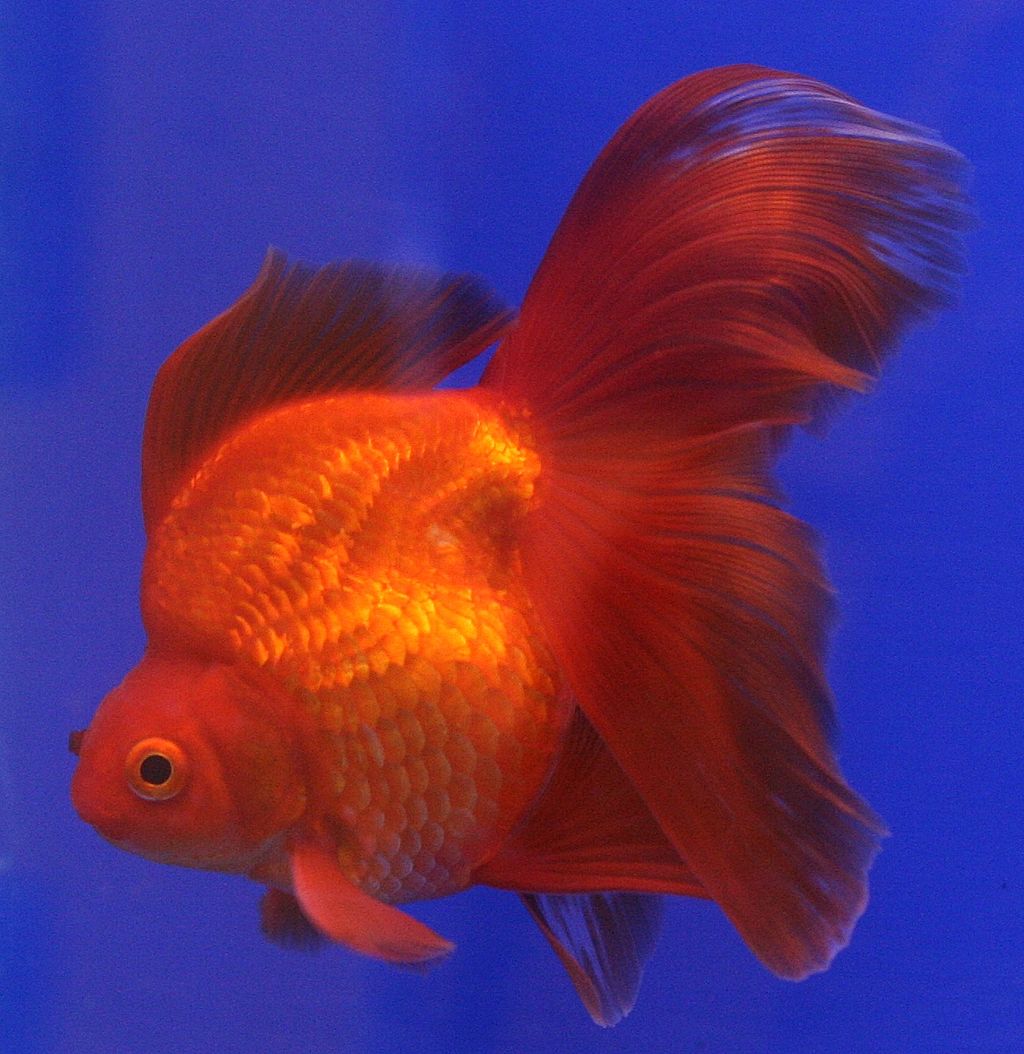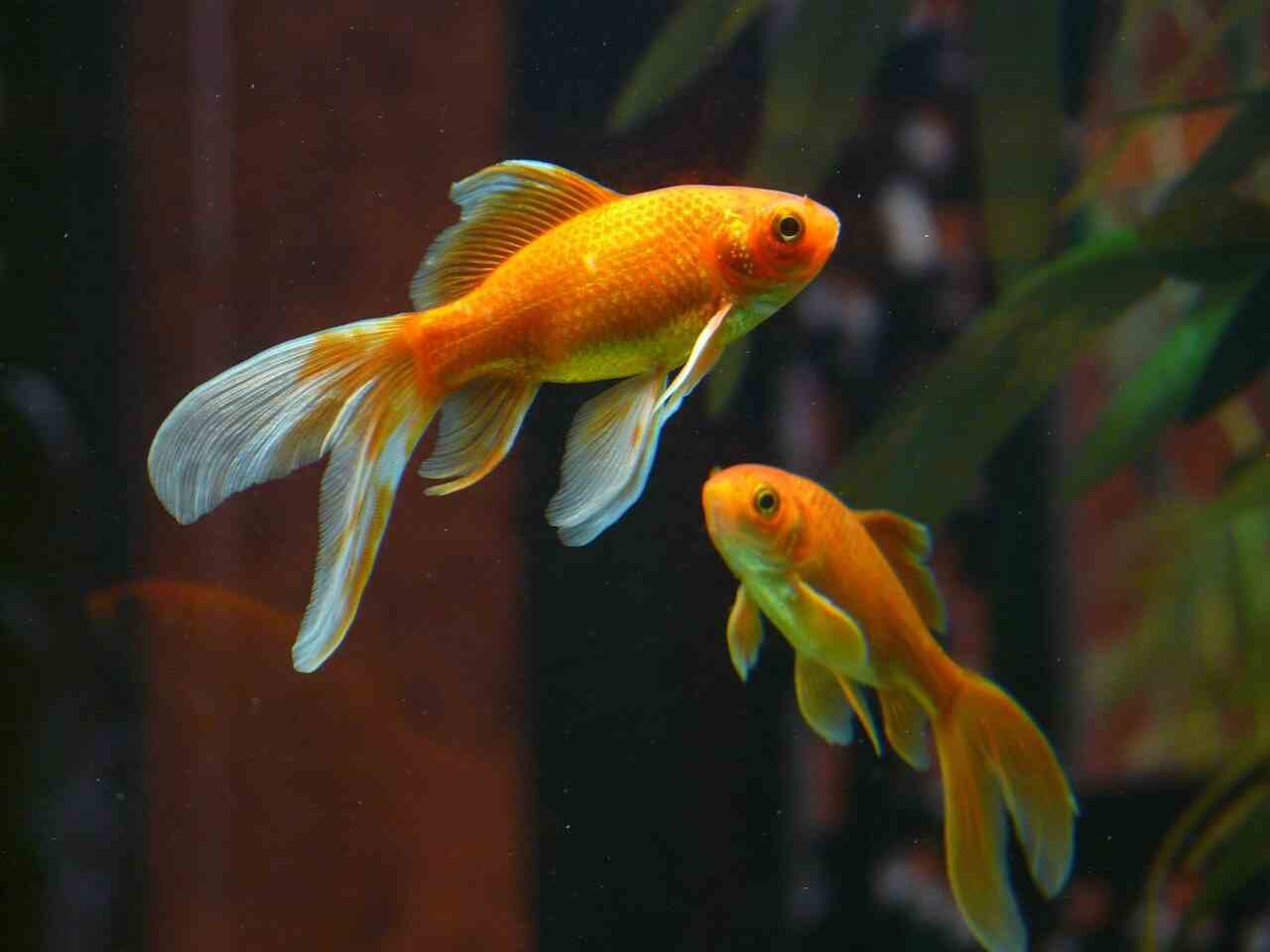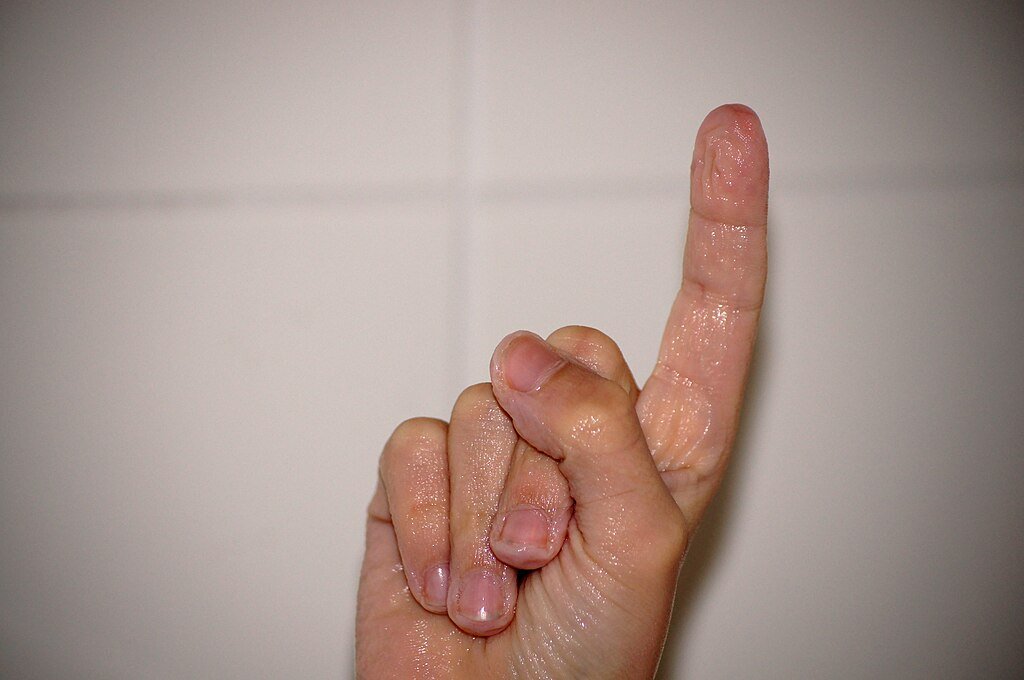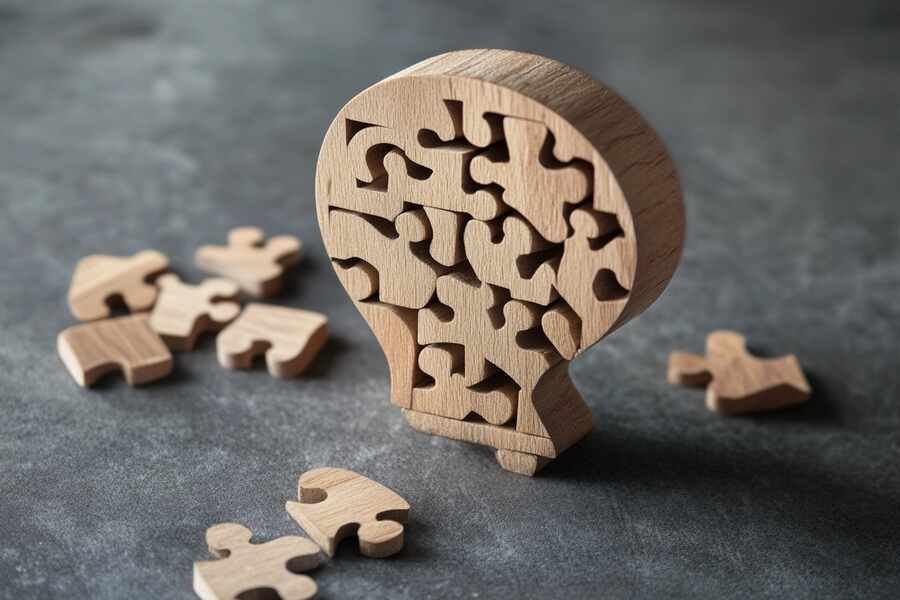Tips and best practices for your Goldfish in the aquarium
Contrary to popular belief, the goldfish is not just a small fish that can be satisfied with a tiny bowl without any equipment, any decoration and which will spend its, supposedly, short life going around in circles. Let’s discover together who the goldfish in the aquarium really is, and how to make it live in good conditions.
Setting up a good goldfish aquarium
The goldfish is often the one chosen by beginners in aquariums because it is basically a pond fish, therefore a cold water fish, it requires less equipment than the others. However, it does not require less space, quite the contrary.
The goldfish is not a solitary fish, in nature, it lives in schools. So be sure to take at least two for their well-being.
For a couple of goldfish, you will therefore need an aquarium of at least 100 liters, or 50 liters per goldfish. This may seem substantial, but we are talking here about a pond fish that we want to live in an aquarium, so it requires a certain volume.
In terms of accessories, you will need:
- a powerful filter: goldfish are fish that tend to dirty their water.
- a bubbler: if you do not intend to put plants in your aquarium, a bubbler will be necessary to oxygenate your tank.
- a net: to pass very regularly to complete the work of the filter for the largest waste.
pellets: their main food, to be given once a day, a good pinch or even two depending on their size. - a light: for the plants if you have any, but also to maintain a correct day/night cycle.
Even if to oxygenate an aquarium a bubbler can be enough, do not hesitate to put real plants in your aquarium during its installation. It is not essential, but offering an environment close to nature can only contribute to their well-being. In addition, the plants will provide the fish with something to hide, which will reduce their stress by increasing their sense of security.

A Ryukin goldfish from The 6th “Pramong Nomjai Thaituala” Thailand Tropical Fish Competition 2007. (Won 1st prize in Ryukin category). Lerdsuwa, CC BY-SA 3.0, via Wikimedia Commons
How to prepare the aquarium of your goldfish?
The water parameters of a goldfish aquarium
When setting up your aquarium, remember to buy a water test kit to check that your water is ready to welcome your fish, regardless of the species of fish and the type of aquarium used. on the way.
As said above, the gnawing fish is a cold water fish. It therefore lives in water ranging from 18°C to 22°C (64.4°F to 71.6°F), it is enough not to install a heater and not to place the aquarium in direct sunlight to reach this temperature.
It also needs a fairly neutral acidity (pH) level, ranging from 7 to 8, and a limestone level (or water hardness) ranging from 5 to 9 GH.
Welcoming your goldfish
Once your goldfish are purchased, they will normally be in their bags with their home aquarium water. Arrived at home, turn off the aquarium light so as not to stress them, and let the bags float with the fish in them for about 40 minutes, the time they adapt to the temperature difference between their old water and the new one. .
Once these 40 minutes have passed, make small openings in their bag and let some water from the aquarium infiltrate them, which will allow them to acclimatize to the parameters of this new water. Wait another 30 to 40 minutes, then you can finally open the bag and gently transfer them using a landing net to your aquarium (avoid pouring water from their old aquarium into yours, if ever there was the slightest problem, especially bacteria in the water, it will contaminate your aquarium as well). Finally, remember to turn on the lights again and watch your new residents discover their new environment.
How to take care of your Goldfish
Maintenance
Regarding the maintenance of your aquarium, it is recommended to change 10 to 25% of the water every week, and to carry out a complete cleaning every 15 days.
The environment of your fish is the most sensitive point:
- Dirty or contaminated water will very quickly be synonymous with diseases and parasites.
- Do not clean your aquarium with soap, which is a real poison for goldfish and will quickly be fatal to them!
How often do you need to feed your goldfish?
Regarding food, feed your fish between 1 and 3 times a day, taking care not to give too large quantities. Goldfish have a tendency to overeat if given the opportunity, which again can be fatal.
They can go a fortnight without feeding (to be avoided despite everything). It is better to feed them “not enough” than “too much”. Also remember to vary the food of your fish which, as for humans, will preserve its health!
What is the life expectancy of a goldfish?
Just like the size, the life expectancy of the goldfish directly depends on its living environment. In other words, the more space it has available, the more it will grow to reach a size ranging from 25 to 30 cm, and the longer it will live. The average lifespan of a goldfish is estimated at 10 years. That said, in the pond, it can live up to the age of 30!
Mistakes to avoid with goldfish
Avoid placing the aquarium next to a heater or a window, as the water temperature would get out of control (too hot, too cold) and bad bacteria would proliferate.
Don’t overfeed your goldfish. Split their meal. Prefer granules to flakes.
Rinse the filter, without stripping it, once a week to leave out the good bacteria. Change the foam once a month.
Do not forget to renew a third of the water every week. Ideally, this water should have been drawn twenty-four hours in advance to avoid thermal shocks.
Do not forget to control the pH of the water.
Diseases and parasites of goldfish
There are several main diseases and parasites to watch out for on your goldfish:
- Ichthyophthyriasis, or “ich” is one of the most common diseases, and results in white spots on the body and fins, as well as difficulty in breathing. It will be necessary to put your fish in quarantine, the disease is also transmitted to plants, before treating it.
- Flukes: This is a parasite that causes your fish to scratch on anything it can, developing mucus and rashes. His belly may also swell. Again, quarantine your fish before treating it, if the parasite is spotted so much your goldfish should recover within a few days.
- Swim bladder disease: This is easy to spot, since your fish will start swimming sideways or upside down. The treatment is quite simple and the disease is not contagious.
Sources: PinterPandai, PetMD
Photo credit: Hans via Pixabay



